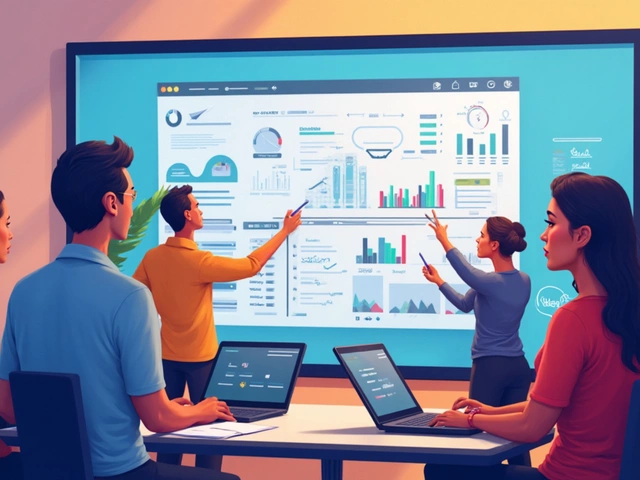e‑Learning Platform: Essential Guides and Insights
When working with e‑learning platform, a web‑based system that delivers courses, assessments and interactive tools to learners. Also known as online learning platform, it connects educators and students across distance and time zones.
Modern online learning, the broader practice of studying via digital channels relies heavily on learner engagement, the degree to which students interact with content, peers and instructors. A platform that boosts engagement often sees higher completion rates, so designers focus on quizzes, gamified badges and community forums. At the same time, learning management system, software that organizes, tracks and reports educational activities provides the backbone for scheduling, grading and analytics. In short, e‑learning platforms require reliable internet connectivity, they enable personalized pathways and they influence overall learning outcomes through these interconnected components.
Key Aspects of Modern e‑Learning Platforms
One common misconception is that any video‑based course counts as an e‑learning platform. True platforms integrate content delivery, assessment engines, progress tracking and communication tools into a single interface. For example, Google Classroom, a free tool that links assignments, grades and feedback within the Google ecosystem offers a lightweight LMS experience for schools, while more robust systems like Moodle or Canvas provide advanced analytics and plugin architectures. The choice often depends on user base size, budget and desired feature depth.
Another vital piece is the digital divide. Access to high‑speed internet and compatible devices still limits many learners, especially in rural areas. Platforms that include offline sync, low‑bandwidth streaming or mobile‑first designs help bridge this gap. When you pair these accessibility features with strong engagement tactics—such as micro‑learning bursts, real‑time polls and peer‑review assignments—the platform becomes a tool for inclusion rather than exclusion.
Security and data privacy also matter. Educational institutions must comply with regulations like GDPR or India’s personal data protection bill. A solid e‑learning platform encrypts user data, offers role‑based access controls and provides audit logs for compliance checks. Ignoring these safeguards can erode trust and lead to costly breaches.
Finally, the ecosystem around a platform shapes its long‑term success. Integration with third‑party apps—like video conferencing, plagiarism checkers or library databases—creates a seamless experience. Community support, regular updates and a clear roadmap signal that the platform will evolve with emerging pedagogical trends, such as AI‑driven tutoring or competency‑based certification.
Below you’ll find a curated selection of articles that dive deeper into each of these topics. From tackling the biggest engagement challenge to comparing Google Classroom with traditional LMSs, the posts cover practical tips, case studies and actionable checklists to help you choose, use or improve an e‑learning platform for your context.
Is Google an E Learning Platform? Breaking Down What It Really Offers
0 Comments
People often think Google is an all-in-one learning platform, but is it really made for education? This article explores how Google fits into online learning, what tools it offers, and where it falls short. You’ll get facts about Google’s educational features and some tips for using them smartly. Find out if Google really matches up to true e-learning platforms. No confusion—just clear answers and practical advice.
Read More




